
North Face Co-Founder Bought 2.2m Acres Just to Protect It

A Billionaire Who Chose the Wild
Most billionaires leave their mark in concrete and steel—towers bearing their names, luxury resorts carved into mountaintops, skylines reshaped in their image. Doug Tompkins left his mark in wind, water, and untamed silence. He spent his fortune not on building monuments to himself but on protecting places where nature had already perfected the design—buying more than 2.2 million acres of wilderness simply to keep them wild.
That’s an area larger than the state of Delaware, a patchwork of old-growth forests older than Rome, windswept grasslands still patrolled by pumas, and glaciers that have never known the hum of machinery. To Tompkins, this was never an investment or a vanity project. It was, as he liked to say, “paying the rent” for the privilege of living on Earth.
But before Patagonia became his life’s mission, Tompkins was a man who had helped shape modern consumer culture itself, co-founding The North Face and Esprit, two brands that defined adventure and fashion for a generation. His path from outfitting explorers to defending the planet’s last wild frontiers is a story of transformation, conflict, and the unwavering belief that some places should remain untamed—forever.
The Land That Claimed Him

Doug Tompkins didn’t meet Patagonia as a casual tourist with a camera. He arrived as a dirtbag climber chasing freedom. In 1968, he and his friend Yvon Chouinard—who would later found the outdoor clothing company Patagonia—piled surfboards and climbing gear into a battered Ford Econoline van and drove thousands of miles down the Pan-American Highway. They were in search of peaks, waves, and the kind of open-ended adventure that only youth and reckless optimism can fuel.
When they reached the jagged silhouette of Mount Fitz Roy, something shifted for Tompkins.
Patagonia is not a place you pass through; it seeps into you. Imagine ancient Alerce trees, some more than a thousand years old, rising like green cathedrals; condors gliding above valleys vast enough to swallow sound; turquoise glacial lakes shimmering like shards of another world. It’s a land where calm, golden light can turn into storm-lashed gray in minutes, where ecosystems still function much as they did before the industrial age.
When Tompkins returned decades later, the edges of that wildness were fraying. Old-growth forests were being logged. Industrial salmon farms were leaching oxygen from pristine fjords. Hydroelectric dam proposals traced out rivers that would soon be choked and scarred. Native species—from elusive pumas to the endangered huemul deer—were disappearing.
For Tompkins, the fight to save Patagonia was not just about preserving scenery; it was about safeguarding a living system millions of years in the making. The loss of those vast, intact ecosystems would be irreversible—and, in his view, morally unacceptable. Standing in those windswept valleys, he made a decision that would define the rest of his life: to protect these lands, not as a symbolic gesture, but as a personal obligation.
From Fashion Mogul to Reluctant Conservationist
Before he became one of the world’s most influential private conservationists, Tompkins was a powerhouse in outdoor gear and fashion. In the 1960s, he co-founded The North Face, then a small shop in San Francisco selling climbing and skiing equipment. By the 1970s, alongside his first wife, Susie, he co-created Esprit, a brand that grew into a global fashion empire worth billions by the late 1980s.
But success brought unease. The very industry that had made his fortune was also driving overconsumption—the endless churn of new products feeding a culture that, in his words, was “making a lot of stuff nobody needed.”
By 1989, Tompkins had walked away from it all. He sold his stake in Esprit, ended his marriage, and turned away from boardrooms and balance sheets to seek a purpose that felt less hollow. That same year, he returned to the landscapes of southern Chile, drawn back to the wild spaces that had once captured his imagination.
Inspired by the legacy of U.S. conservationists like John Muir and the Rockefellers, Tompkins began quietly buying tracts of Patagonia. His idea was radical in its simplicity: acquire ecologically critical lands, restore them, and donate them as national parks. No profit. No naming rights. Just wild places, kept wild.
His first major purchase, the creation of Pumalín Park in 1992, protected 275,000 hectares of temperate rainforest—an audacious start to what would become one of the most ambitious private conservation projects in history. Unlike many philanthropists, Tompkins was hands-on. He piloted his own planes over remote valleys, debated trail placements with park rangers, and sourced rare native seeds for reforestation. This was entrepreneurship, repurposed for the planet.
Rebuilding Wild Systems
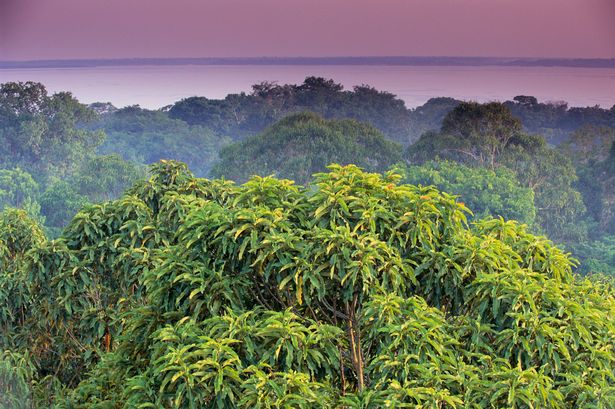
Some of their earliest acquisitions became the beating heart of Pumalín Park in Chile, nearly 800,000 acres of untouched temperate rainforest. Across the Andes, in Argentina, they transformed degraded sheep ranches into the thriving Patagonia National Park.
Restoration wasn’t just about fencing off land. Over 300 miles of barbed wire were torn down to reopen wildlife corridors. Native grasses returned where cattle had stripped the soil bare. The eerie silence of overgrazed pastures gave way to the return of pumas, rheas, and herds of huemul deer.
The Tompkins vision was expansive: not just to conserve land, but to restore ecosystems to full health. They reintroduced long-absent species like pampas deer and giant anteaters, revived wetlands, and built trails and visitor centers designed to welcome eco-tourism without disturbing the balance of the wild.
Over time, what began as personal projects grew into unprecedented public–private partnerships. Working with the governments of Chile and Argentina, the Tompkinses helped create a network of protected areas that now safeguard more than 10 million acres from logging, mining, and industrial development.
To Tompkins, this was never charity. It was accountability—a moral debt to the Earth.
Battling Suspicion and Cultural Barriers

Not everyone welcomed the idea of a foreign billionaire buying vast swaths of Patagonia. Rumors spread like wildfire: that Tompkins was a CIA operative, a Zionist agent, or plotting to control the region’s freshwater reserves. In one province, the local superintendent kept a thick file on him; in another, the army stationed troops near Pumalín to “monitor” his activities.
In a country where economic development often meant extracting natural resources, the concept of locking away fertile valleys “just for nature” clashed with deeply held cultural and economic beliefs.
Understanding this, the Tompkinses made deliberate choices to integrate their work into local communities. Former ranch hands were hired as park rangers. Organic farms were established to supply park facilities. Eco-tourism created sustainable jobs, offering young people reasons to stay in their communities instead of migrating to cities.
Over time, visible results began to silence critics. Forests regenerated. Wildlife returned. By 2017, when the Chilean government officially designated Pumalín Park as a national park, the celebration was not just national but deeply local—a testament to how vision, persistence, and collaboration could reshape perceptions.
A Sudden Ending

In December 2015, Tompkins joined old friends—including Yvon Chouinard—for what was meant to be a relaxed kayaking trip on Chile’s Lake General Carrera, a body of turquoise water 21 times the size of Manhattan. Its beauty is matched only by its danger: frigid water, unpredictable winds, and towering waves.
On the fourth day, a violent storm erupted, capsizing Tompkins and his companion. For over an hour, they clung to the overturned kayak in freezing water until a rescue team arrived. By the time he was pulled to shore, hypothermia had already set in. Doug Tompkins died later that day. He was 72.
The loss stunned the conservation world. “It was a total shock,” said Tom Butler of Conservacion Patagonica. Chouinard remembered his friend as “a more worried version of myself—someone who cared so deeply about the planet that he couldn’t sit still.”
Kris Tompkins, his wife and partner in every conservation battle, carried on. Within a year, she finalized historic agreements to donate and protect more than 10 million acres of land—cementing her husband’s vision and ensuring his life’s work would outlive him.
The Legacy of a Restless Visionary
There’s a paradox at the heart of Doug Tompkins’ story. The fortune that fueled his conservation efforts came from the very consumer culture he later condemned. Yet that contradiction makes his legacy even more compelling. It’s proof that transformation is possible—that complicity in environmental harm doesn’t preclude meaningful action later in life.
His model shows what private conservation can achieve: speed, flexibility, and ambition that governments often struggle to match. But it also raises complex questions. Should the fate of vast wild places rest in the hands of a few wealthy individuals? Or is the future of conservation strongest when private vision and public stewardship work together?
Perhaps the most enduring part of Tompkins’ legacy is the challenge he leaves us with: What will you protect? As Kris Tompkins has said, “Abdication is not a possibility. Whoever you are, wherever your interest lies, whatever you’ve fallen in love with—you get up every morning and you do something.”
Carrying the Torch
Doug Tompkins’ life is a reminder that protecting nature isn’t about convenience; it’s about conviction. Not everyone can buy a national park, but every one of us can protect something—whether it’s a neighborhood stream, a community forest, or the air we breathe.
The wild will not save itself. It needs hands, hearts, and the stubborn willingness to act. His parks are not just monuments to untouched landscapes; they are living testaments to the idea that protecting what you love is a moral obligation.
News in the same category


Orlando Bloom explains ‘horrible’ side effects his weight-loss transformation caused

A:dult star reveals the clause written into her contract that helps keep her safe

Bear Attack Survivor’s Haunting Farewell Note to Wife After Gathering Pieces of His Own Flesh
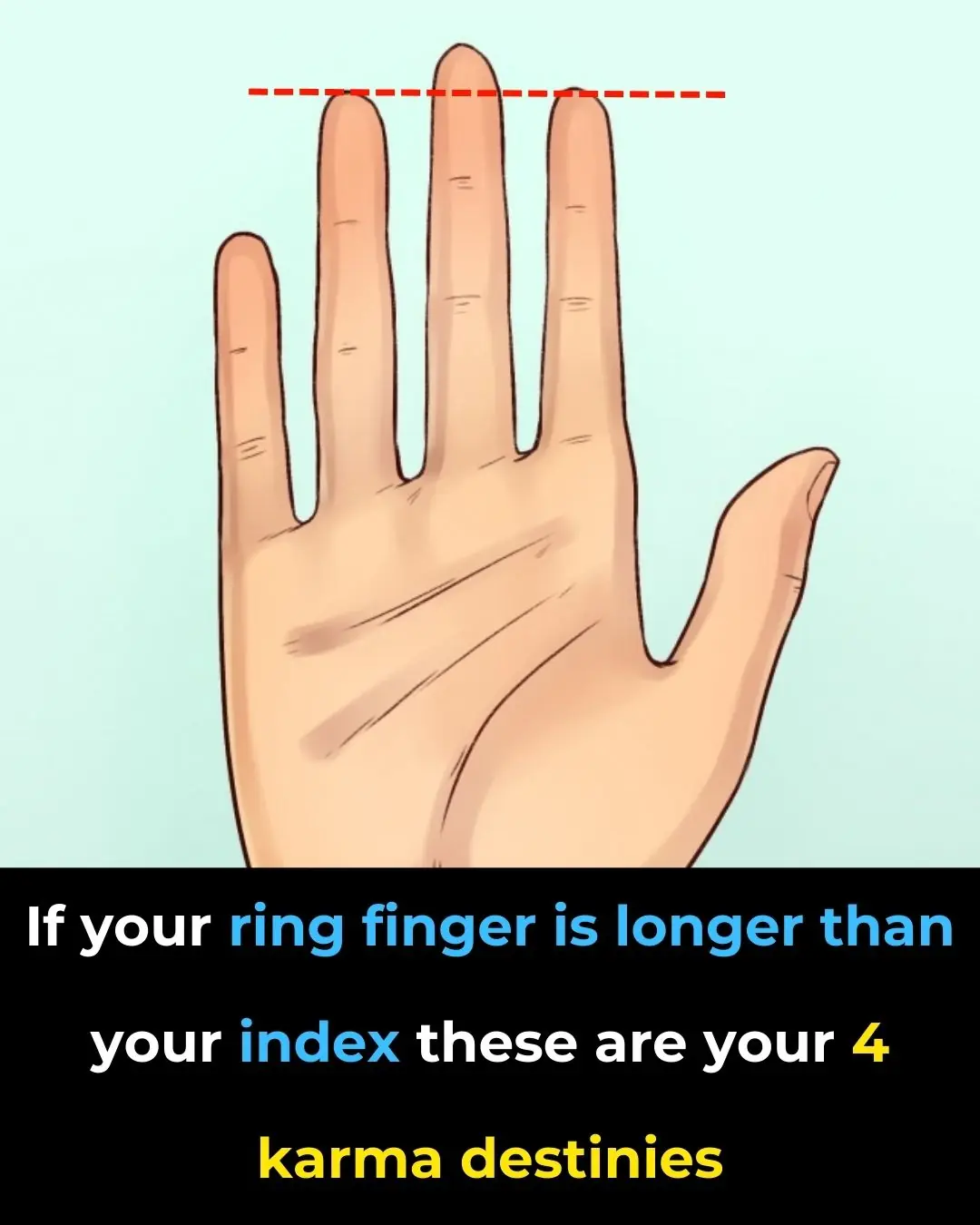
Ring Finger Longer Than An Index Finger
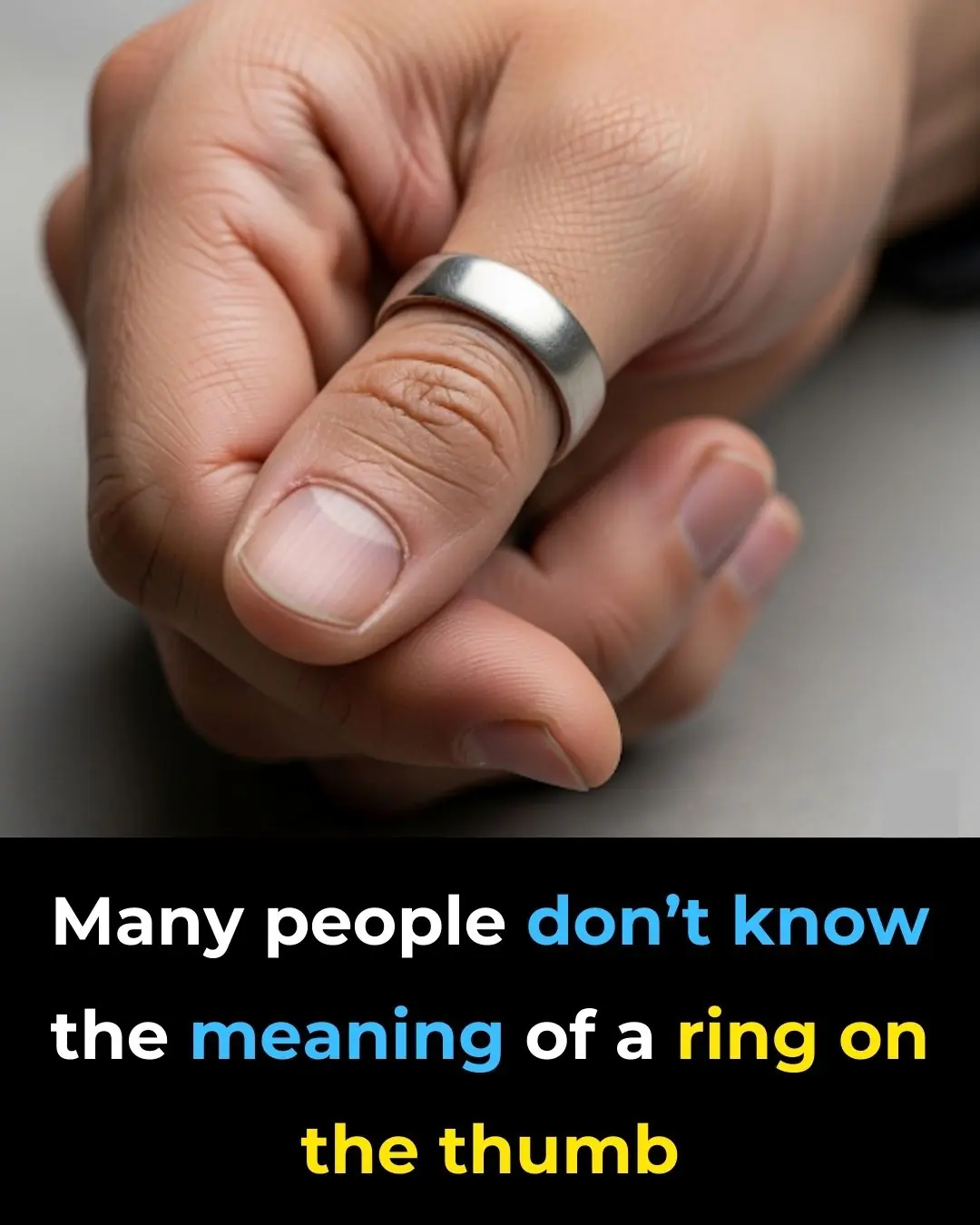
The Hidden Meaning Behind Thumb Rings for Women vs. Men

Family gives update on baby after brain dead woman was kept alive to give birth due to abortion law
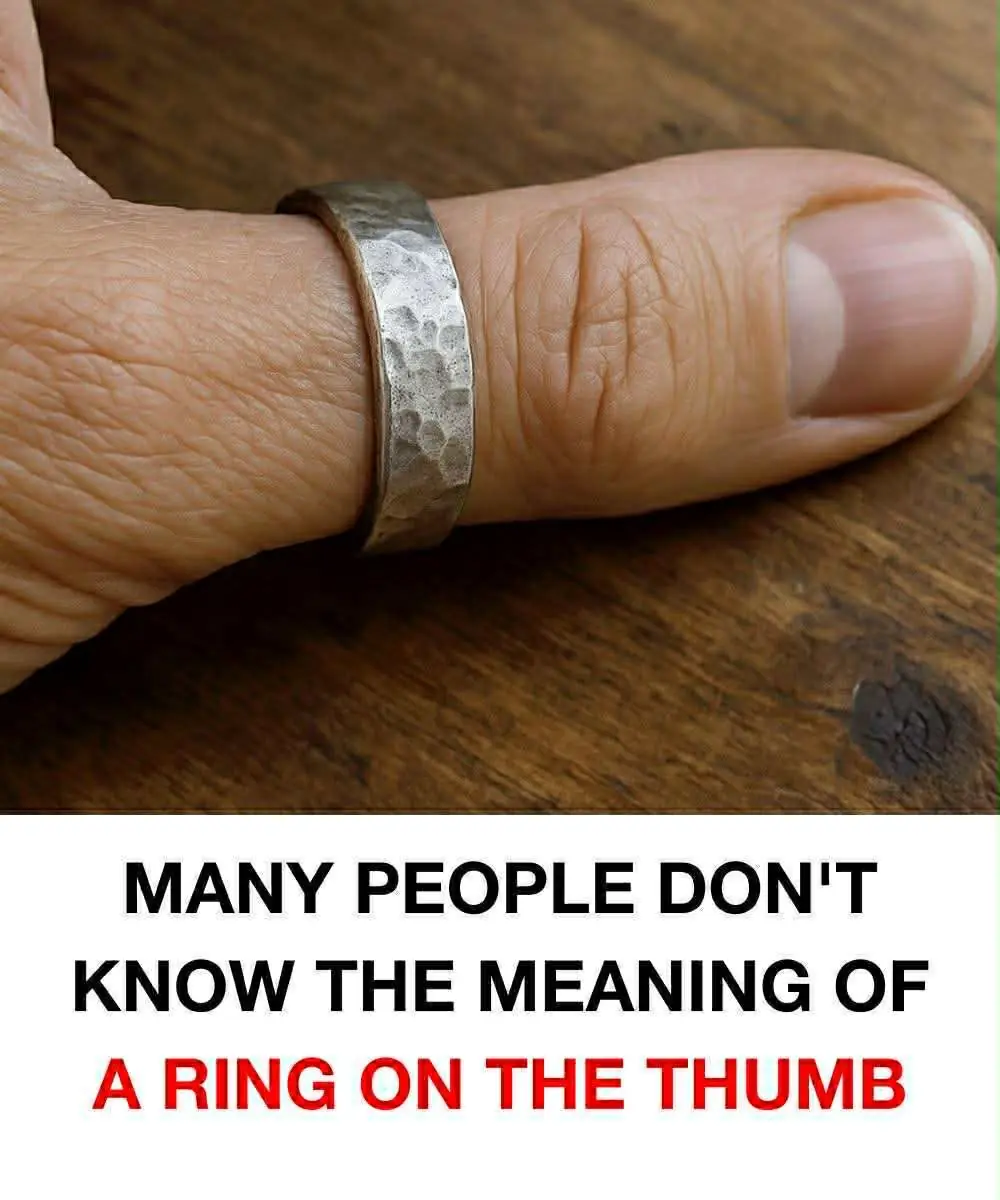
The hidden meaning of thumb rings: what they represent for women vs. men
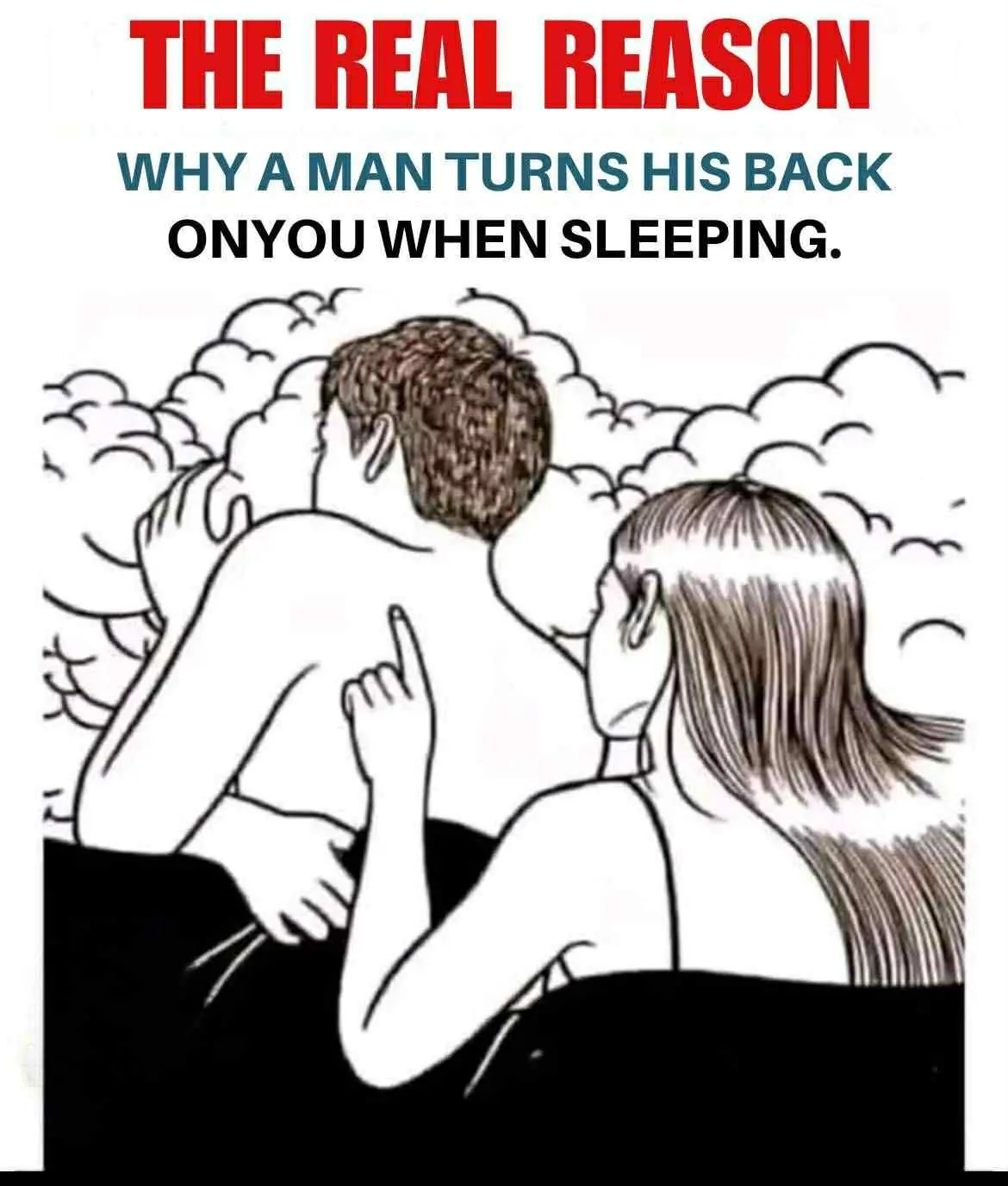
What it says about your relationship when your partner sleeps with their back to you
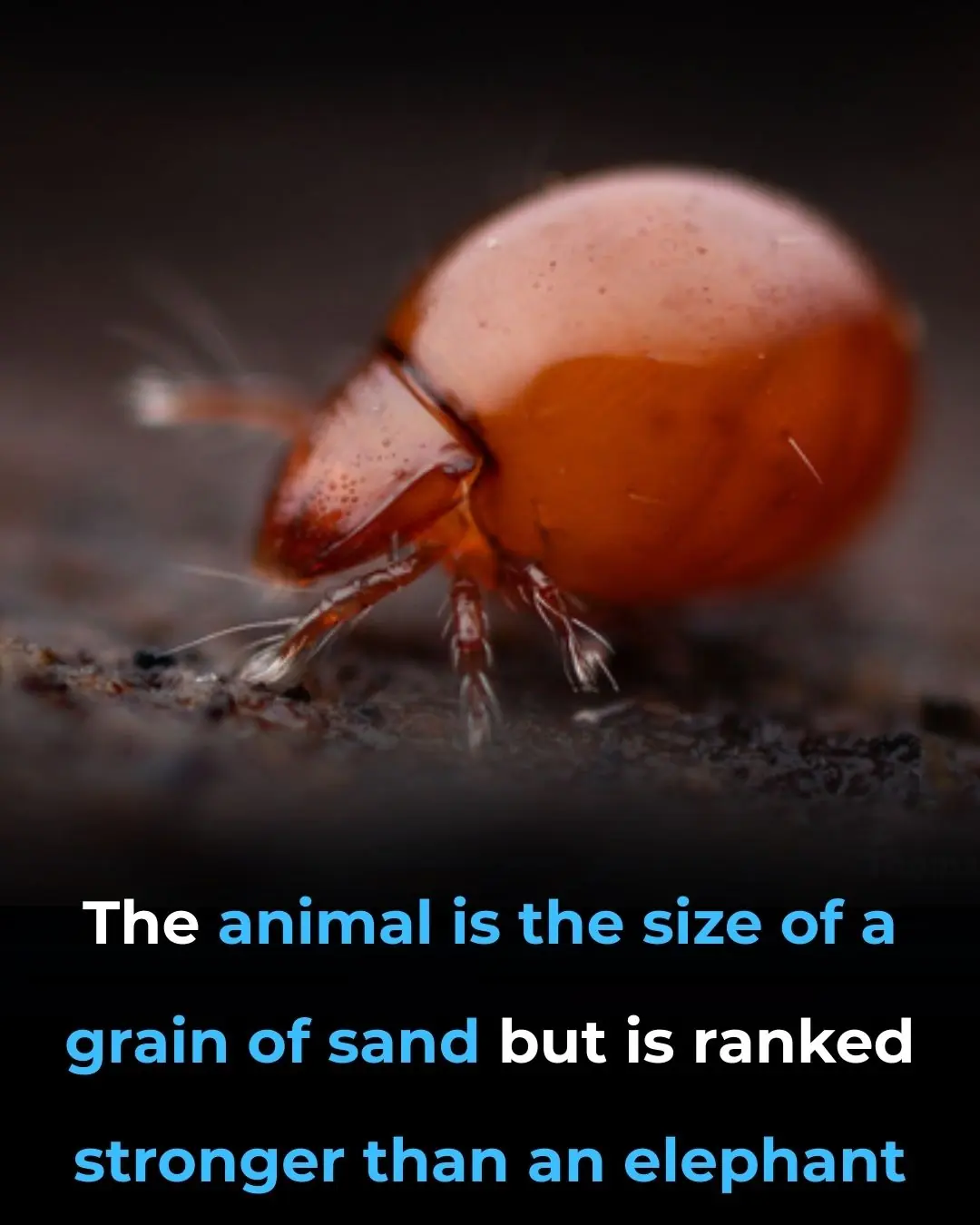
The World’s Strongest Animal Isn’t an Elephant or Bear

Gordon Ramsay issues health warning after undergoing cancer surgery

Delta Pilot Spends Year’s Salary to Fly 112 Friends to Hawaii for Epic Retirement Sendoff
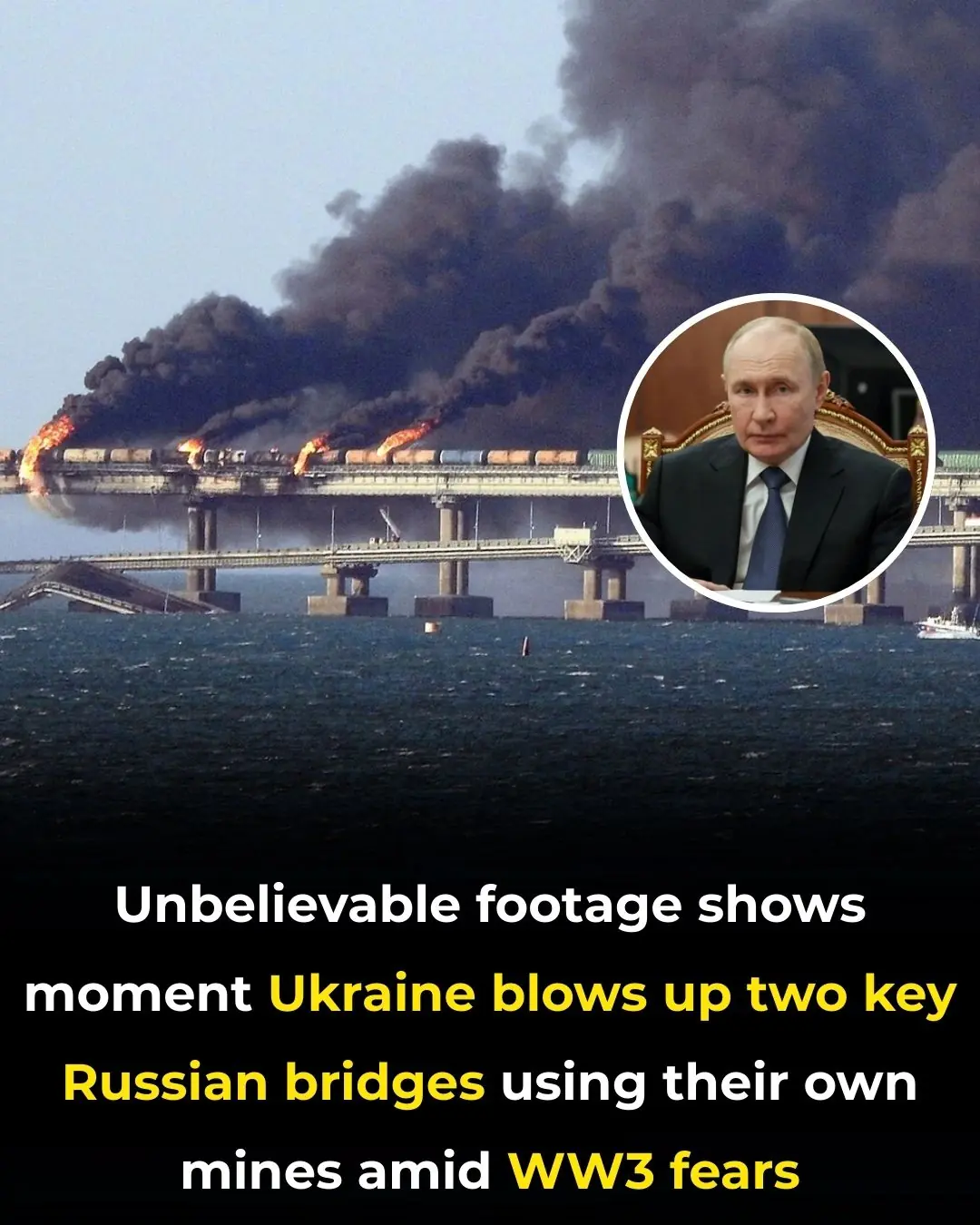
Unbelievable footage shows moment Ukraine blows up two key Russian bridges using their own mines amid WW3 fears
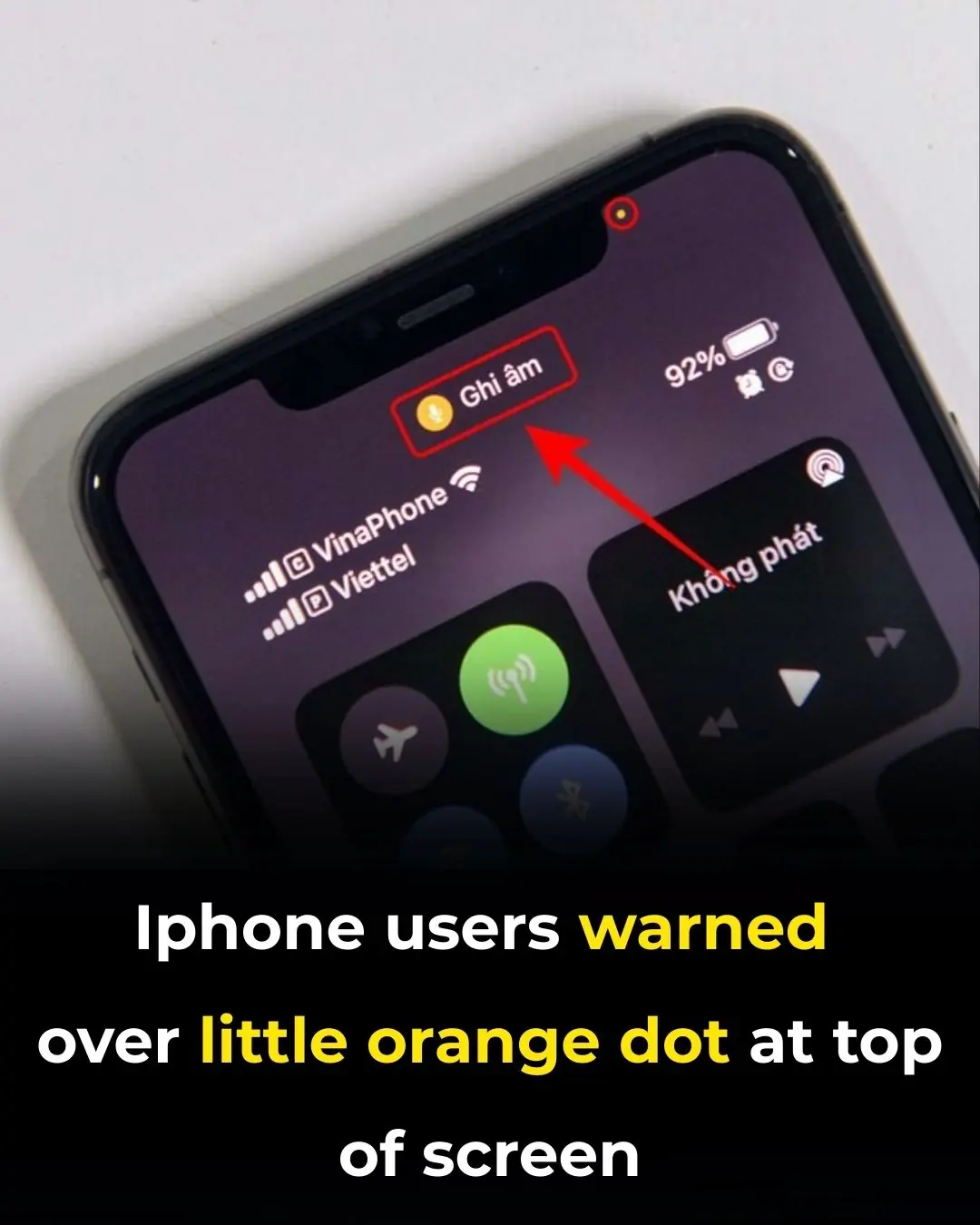
Apple’s iPhone Users Are Justifiably Concerned By The New Meaning Of The Orange Dot On Their Screens

Saw This Trick For Oven Cleaning
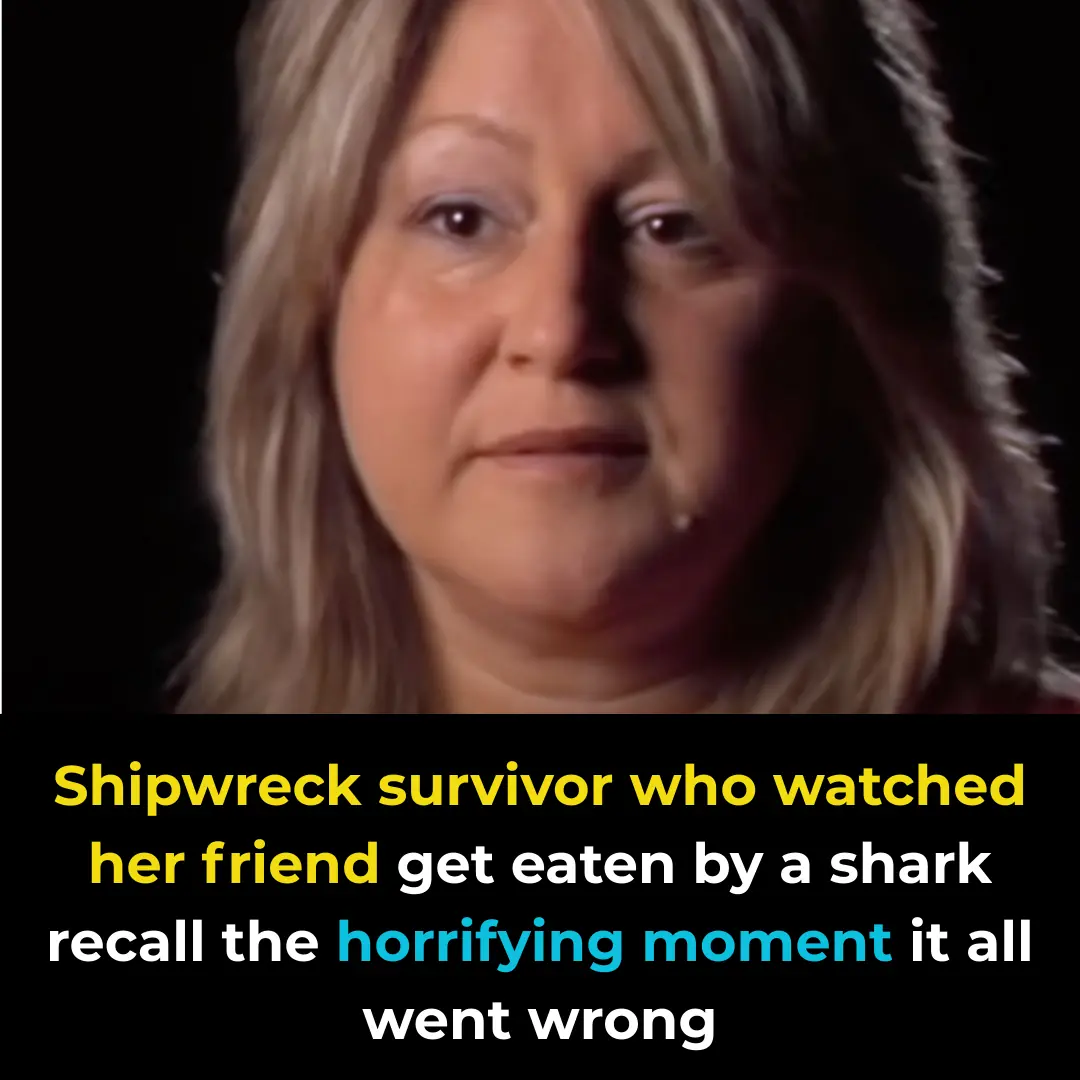
Shipwreck survivor who watched her friend get 3at3n by a shark recall the horrifying moment it all went wrong

Bruce Willis’ wife gives heartbreaking update after explaining why they now live separately amid dementia diagnosis

Woman who ‘died for 17 minutes’ during gym session details exactly what she saw before being resuscitated
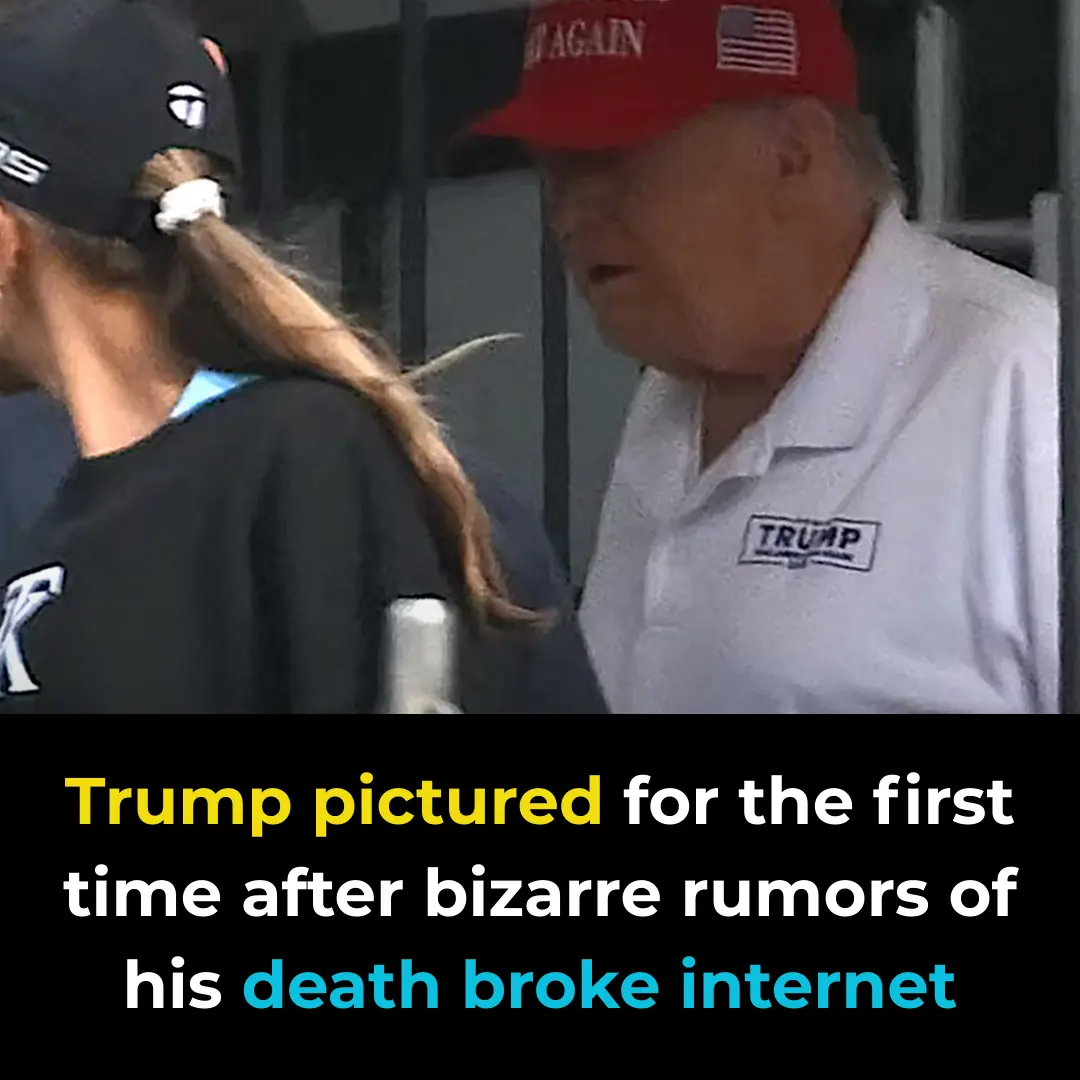
Trump pictured for the first time after bizarre rumors of his d3ath broke internet
News Post

This Is What Happens to Your Body When You Start Eating Raw Garlic

What Those Red Spots on Your Skin Are Warning You About and How to Remove Them Naturally
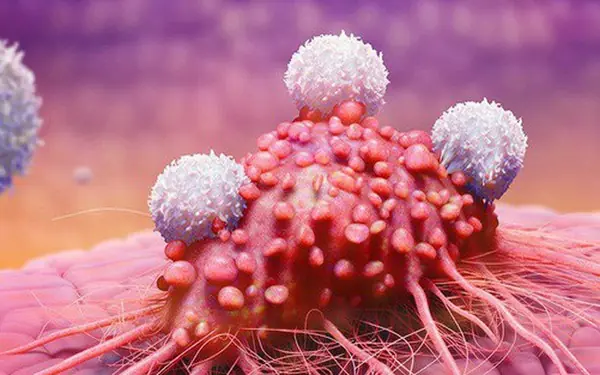
Small Morning Habits That Many Overlook but Boost Blood Flow and Energy

How to use Onion juice & Onion Hair Oil for Hair Growth – Onion Benefits for Hair

What it says about your relationship when your partner sleeps with their back to you

Woman Urged to See Doctor After Spotting Concerning Line

Homemade Okra Face Gel – Collagen Gel for Glowing Skin

Groups of People Who Need to Avoid Eating Bread

What those strange skin patterns might really mean

Should You Eat Rice for Breakfast

Preventing Stroke At Any Age: 3 “Don’ts” After Meals—And 4 “Don’ts” Before Bed

Why You Should Stop Using Petroleum Jelly On Your Skin (It’s a Byproduct of the Petroleum Manufacturing Process)

Foods that can ease swelling in hands and feet

iPhone users are just discovering 'life-changing' hidden feature that's 'so simple but so useful'

Family of teen who died by suicide hit back at response from ChatGPT

10 Amazing Benefits of Sumac You Need to Know
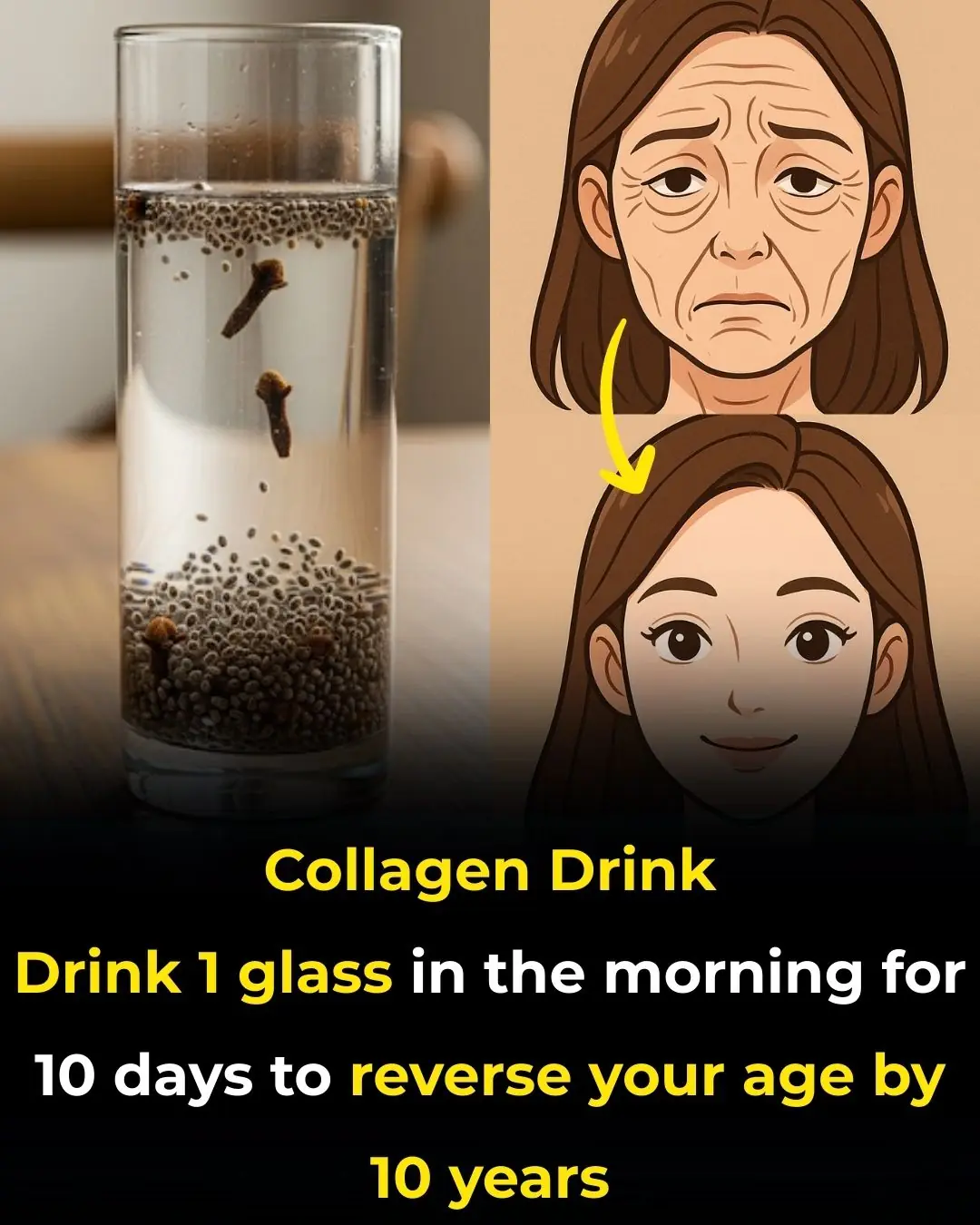
Clove Chia Collagen Drink: Boost Collagen With Every Drink
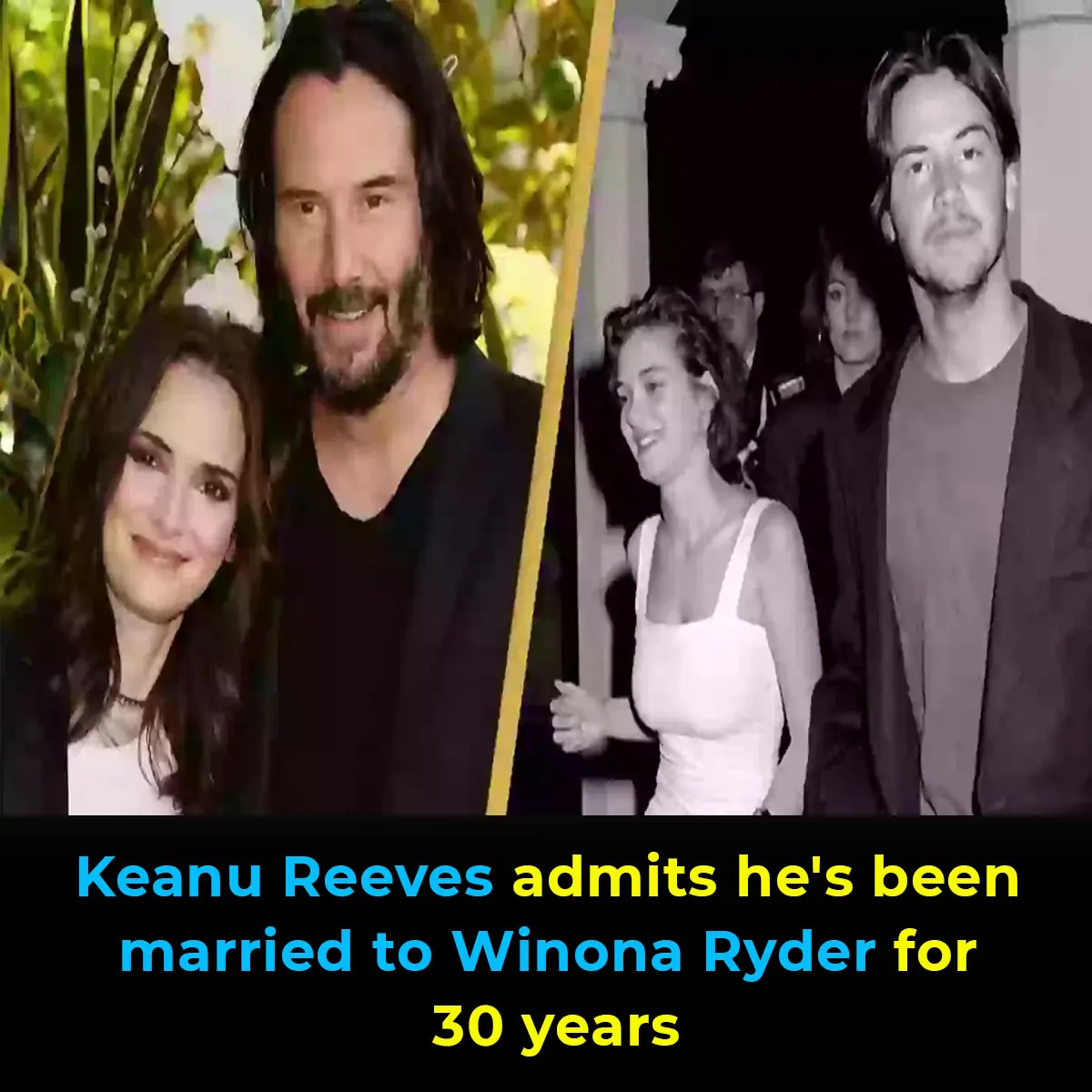
Keanu Reeves movie branded 'cinematic perfection' just landed on Netflix and fans are saying it's 'one of the best horror films of all time'

Putin issues blunt response to claims he's planning to attack Europe amid WW3 fears
